William S. Hart’s first feature film is also a real corker. He plays a bandit who decides to trade it all in for an honest life but who soon realizes that going straight is a lot harder than it looks. After some misadventures, he finds himself in a strange alliance with the local sheriff. Filled with genuinely exciting actions scenes, ironic humor and a good dose of dust, this movie is the one that made Hart a star. It’s easy to see why.
Meet Mr. Hart.
According to William S. Hart, he entered motion pictures because he was annoyed. In his opinion, westerns films just didn’t have the grit and grime that he remembered from his rustic childhood and he was determined to bring some realism to the screen.
One hundred years ago today, Hart’s very first feature film opened for business. He had been making successful western shorts and features were the next logical step in his career. Stardom came immediately and Hart became one of the most popular figures in the still-young motion picture industry. This is the movie that started it all.
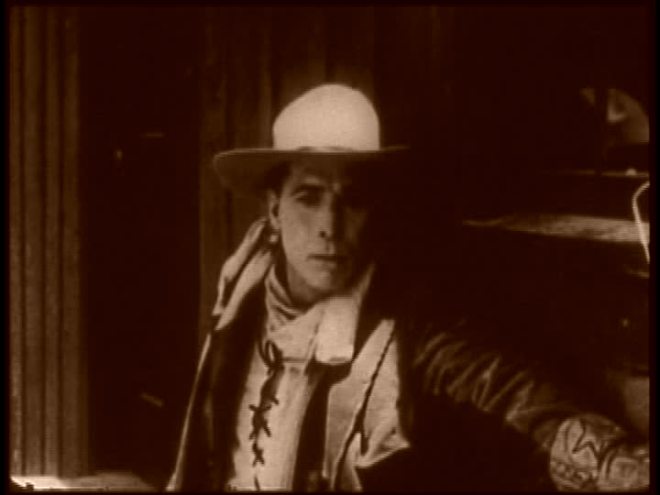
It has been sad that Hart only had one plot. Actually, he had three. The first and most famous is the Bad Man Turned Good. Next, there was the Good Man Turned Bad/Vengeful and finally, there were the straight up hero roles with a few messianic bits of self-sacrifice thrown in.
However, the Bad Man Turned Good is his most famous plotline and for excellent reasons. You see, Hart’s westerns get praised for their realism but for all their dust, they are just as stylized as the more flamboyant cowboy pictures. In fact, Hart laid the groundwork for the modern antihero.
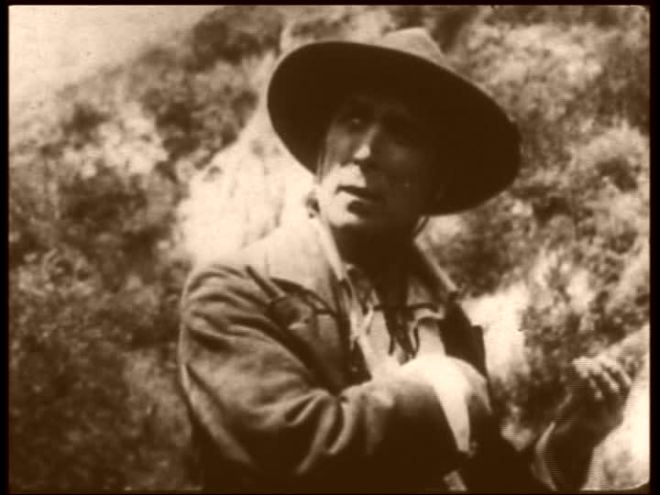
When I describe Hart’s bad guys, I do not take up the term lightly. Hart’s characters were the type of men who would challenge their enemies to a duel (ten paces, turn, fire) and then would shoot them in the back on the count of eight. Hart also shot through innocent bystanders, set entire towns ablaze and generally spread mayhem wherever he went.
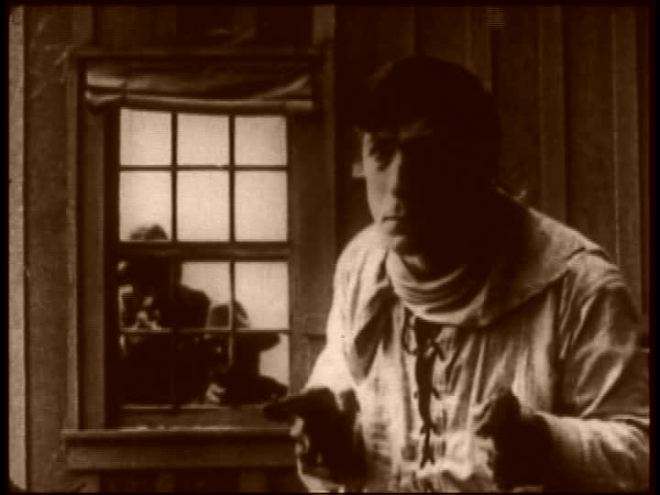
What he created could best be described as a spaghetti western filtered through Victorian bible thumping. And don’t think for a moment that his religiosity toned down the blood and guts. Yes, he was usually redeemed but the veneer of civilization often remained thin and fragile.
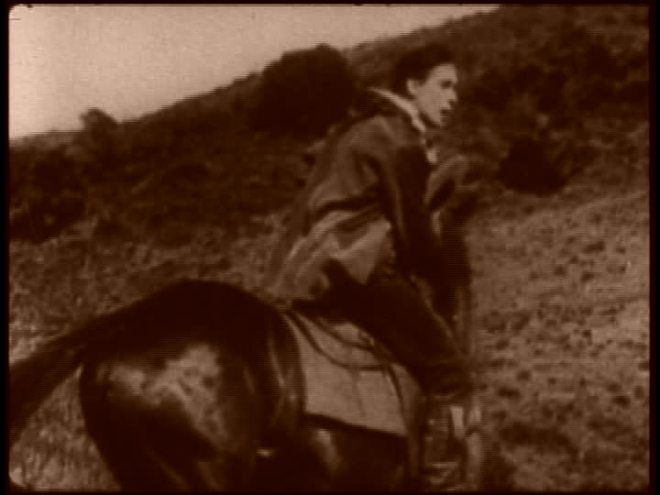
Ironically, the gritty look and antihero sensibilities—the very things that appeal to modern audiences—were deemed old-fashioned by the twenties. Grim and dark were out. Exuberance, humor and epic scenery were in. The sweep of John Ford’s epics, the jocular stunts of Tom Mix and, later, the clean-cut folk wisdom of Hopalong Cassidy; these were the pictures audiences of the twenties and thirties wanted and these were the pictures that stayed popular through the golden age. While there were patches of gloom during that time, westerns would not return to Hart’s 1910s level of darkness for nearly half a century.

The Bargain opened for business on December 3, 1914 and it laid the groundwork for the Hart features to follow. The story followed the exploits of a stagecoach bandit who decides to go straight and gets nothing but trouble as a result. Hart rolls cigarettes one-handed, carries twin revolvers and generally behaves like the baddest hombre west of the Rio Grande. However, his grim persona is not yet fixed in place and so this is a lighter, happier Hart than viewers may be used to seeing. (For the record, Hart did do cheerier stuff later in his career but his most famous and most viewed films happen to be his darkest.)
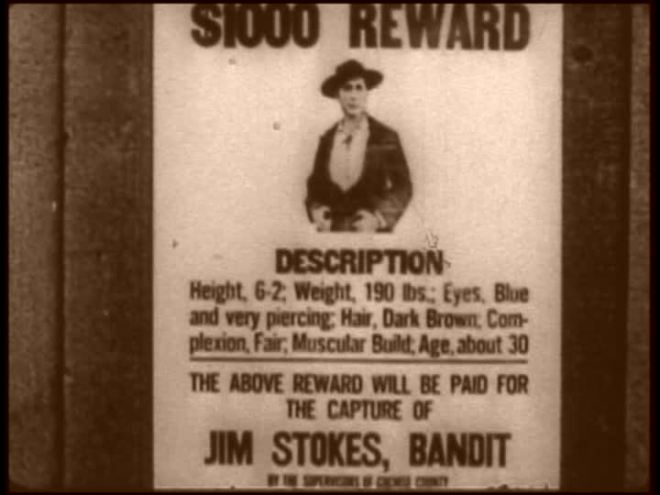
In The Bargain, Hart plays Jim Stokes, a two-gun man. (Yes, that is a personal title in this film. I am not sure if people using one pistol are called one-gun men or just considered normal. I am also unsure if there are one or two-gun women. I’d better stop. This is reminding me of a Monty Python sketch.)
Stokes is out to get a gold-filled strongbox being carried by stagecoach. In order to keep the heavily armed guards at bay, he places dummies with rifles along the ridge. (Fans of Buster Keaton may note that he used a similar ruse in his Hart spoof The Frozen North.) The plan works like a charm and Stokes rides off with the gold.

Of course, you just know a posse is on the way. Sure enough, they shoot Stokes’ horse, shoot Stokes and pursue him into the badlands. He manages to evade them but is fading fast. Fortunately, a local man named Phil Brent (J. Barney Sherry) finds the wounded bandit, believes his story of being attacked by Indians and takes him home. Brent’s daughter, Nell (Clara Williams), helps nurse Stokes back to health.
Gee, I wonder what will happen next?
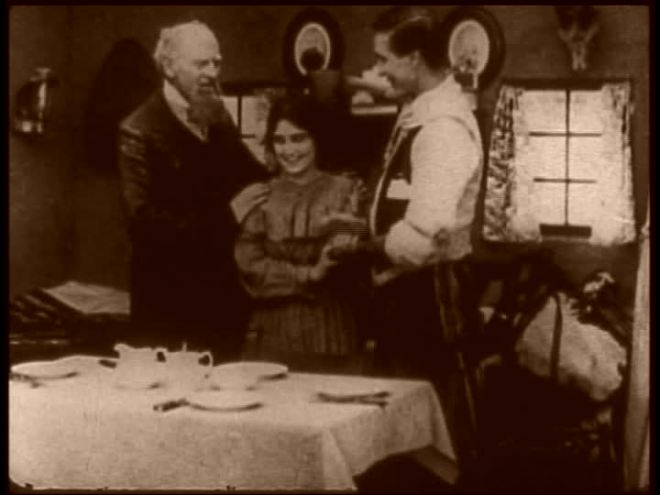
Fortunately, an itinerant preacher comes through the area and Stokes and Nell are hitched. Our hero then begins to feel guilty for his former profession and decides to return the money, which he has kept concealed all this time. Of course, the good deed backfires spectacularly. Stokes is recognized and is soon arrested by Sheriff Bud Walsh (J. Frank Burke).
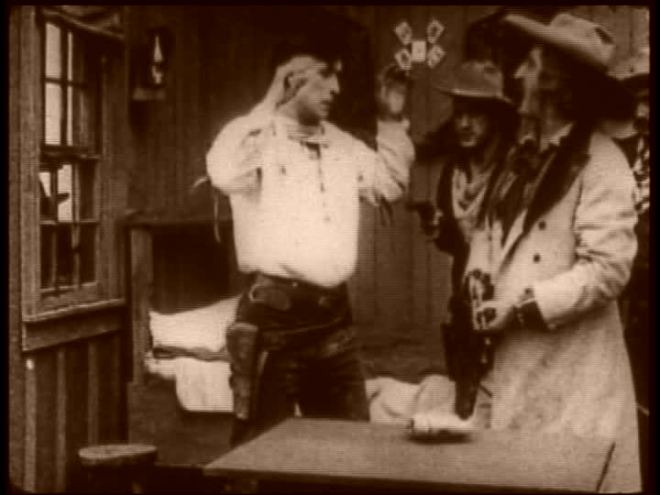
Sheriff Walsh means to take Stokes in and wires ahead that he has both money and prisoner but is distracted by a roulette wheel. The wheel is crooked but the hick lawman fails to notice and, in a frenzy to win back what he lost, bets the money recovered from Stokes. Uh oh.
The dejected sheriff returns to his prisoner and confesses what he has done. Stokes is pretty depressed about his plight but he can’t help laughing at this ironic twist. Then it strikes him. He wants to get back to his wife and the sheriff needs to get that money back. If the sheriff were to unlock his handcuffs and look the other way for a few minutes…
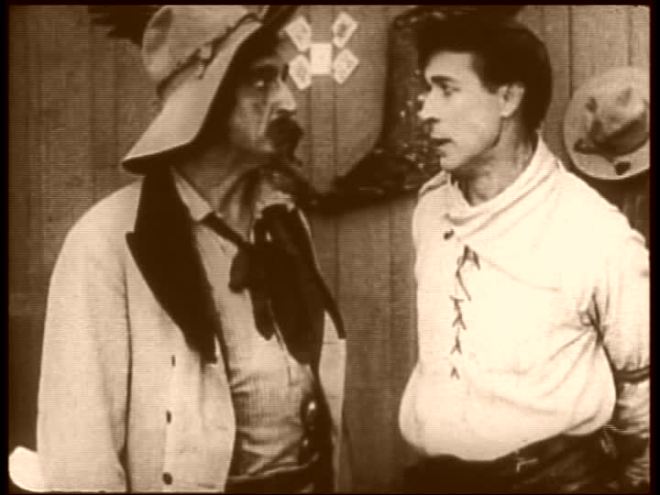
(Spoilers ahead)
What follows is a breathless bit of action that holds up extremely well. Stokes has to sneak out of the hotel where he was being held, rob the casino, escape, double back and get into the hotel with no one seeing him. It’s all accomplished at a furious pace
There is even a punchline. The exhausted Stokes tells the sheriff that he may have brought back a little more money than what was lost. He was in a hurry.
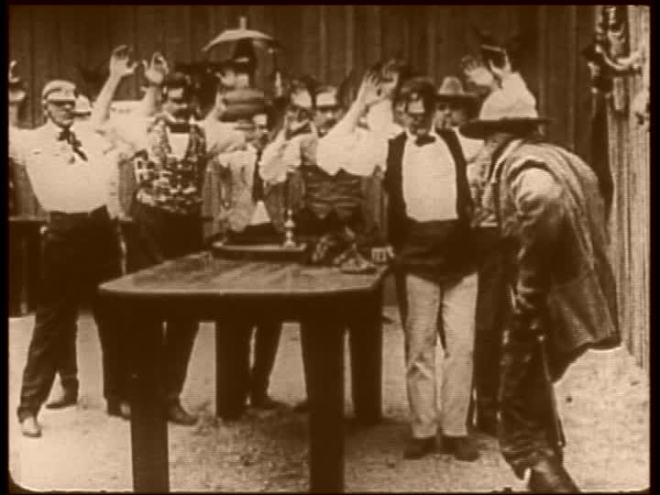
The rest of the film concerns Stokes squaring things away with his wife and trying his best for a happy ending, something that Hart accomplished in his films, more often than not.
Again, I have to praise the two major action scenes in the film. Both the escape from the posse at the beginning of the film and the casino robbery climax are tense, exciting and a great deal of fun. It’s a dusty, dirty business but you also get a taste of the excitement that probably drew Stokes to a life of crime.
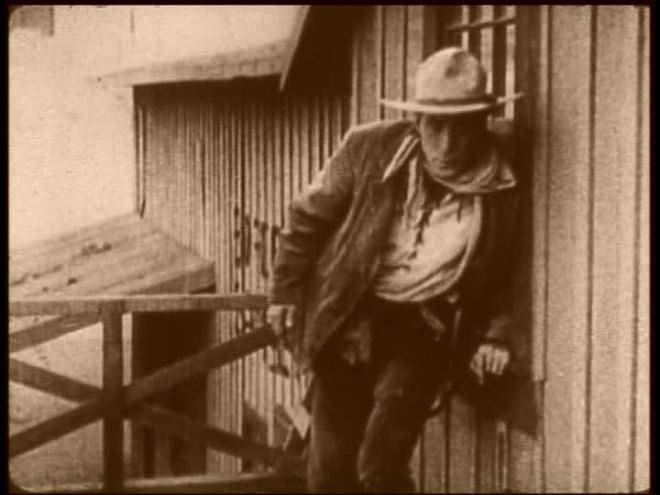
There is quite a bit of romancing in the film. Point of fact, Stokes can barely keep his hands off Nell. I think this should neatly put to rest the idea that Hart’s characters were stern and monk-like.
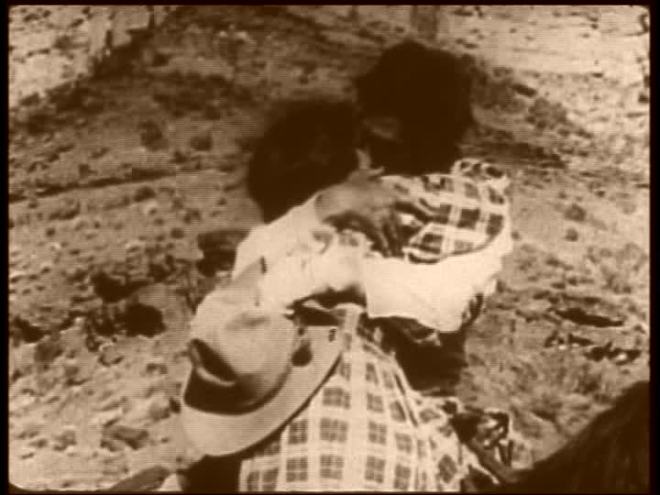
The Bargain is just as cute as a bug and may even win over people who think that they do not care for Hart. Fans of early film will also likely be charmed by the brief prologue, which has every performer take a bow in modern evening dress and then displays them in costume after a dissolve. (Dissolves were neither brand new nor uncommon at this point in movie history.) Formal introduction of a film’s cast goes in and out of style and has been out for some time but I always enjoy it.
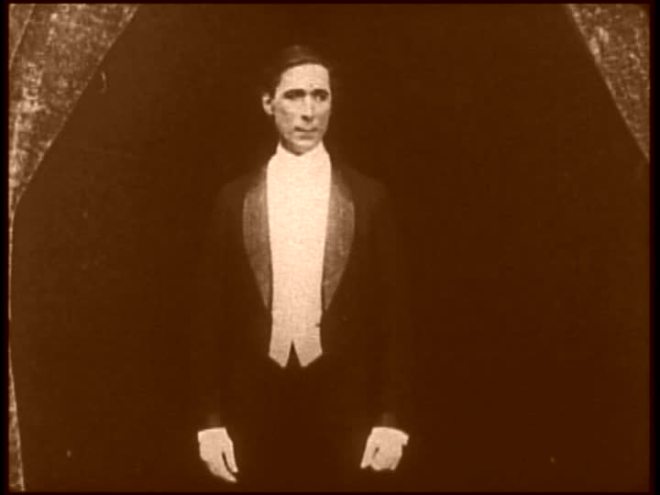
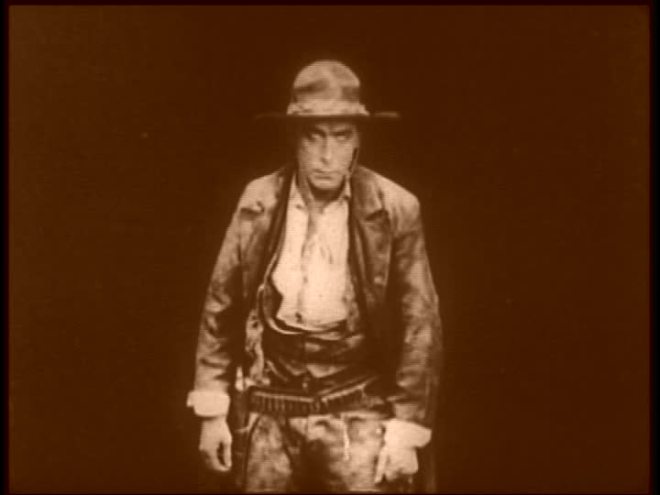
The story smacks of an O. Henry tale, does it not? For those of you unfamiliar with the author, O. Henry specialized in sentimental and humorous stories with twist endings. In A Retrieved Reformation (which was filmed several times under the title Alias Jimmy Valentine) the reformed safe cracker is tracked down by a lawman but is not arrested because he denies his identity. Then a little girl is accidentally locked in an airtight vault (which is new and lacks a combination), time is running out for the child and the only way to save her is for our hero to practice his trade once again. He does, revealing his criminal past but when he presents himself to be arrested, the lawman denies that he is the man he is looking for. (Wink!)

(Here is a public domain collection of O. Henry stories, if you are interested.)
There is a whimsical humor to The Bargain that is far less common in Hart’s later work (though not entirely absent) and it makes the movie an ideal introduction to the actor. It also gives Hart the chance to give a rich and varied performance.
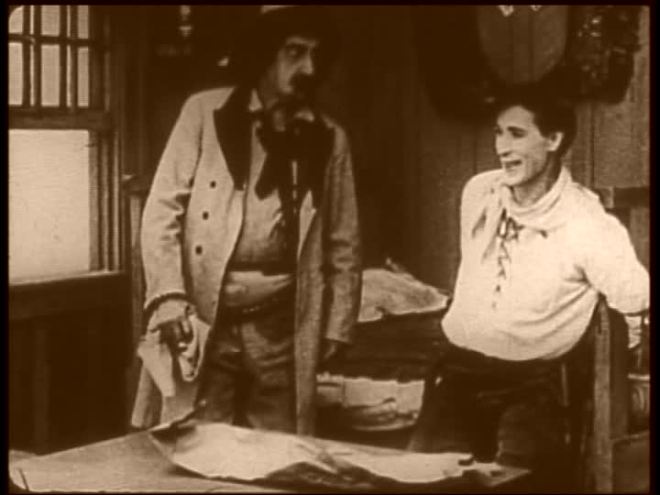
Unlike some of Hart’s later bandit characters, Stokes is not a hardened criminal. His method of robbery depends on trickery more than violence and he maintains a healthy sense of humor about the whole thing. He is able to assimilate back into an honest life with relative ease. Compare this with Hart’s character in The Toll Gate, who is too damaged for a normal life and knows it.

Hardened criminal? Naw, just a guy having a hard week.
I’m not going to pretend that this movie breaks new ground with its story but it was the basis of Hart’s spectacular career and there is something to be said for a “standard” story done right.
The Bargain is a rarity. It’s a historically important film that is also a great deal of fun to watch.
Movies Silently’s Score: ★★★★½
Where can I see it?
The Bargain has been released on DVD by Alpha with the usual so-so score. Not recommended. I like the Grapevine release
, which features a wonderfully cheeky organ score by Blaine Gale. The score adds enormously to the experience. (Hart’s movies, more than other silents, live or die by their accompaniment.) Neither version has amazing print quality but because of the vast superiority in scoring, I strongly encourage you to see out the Grapevine release.
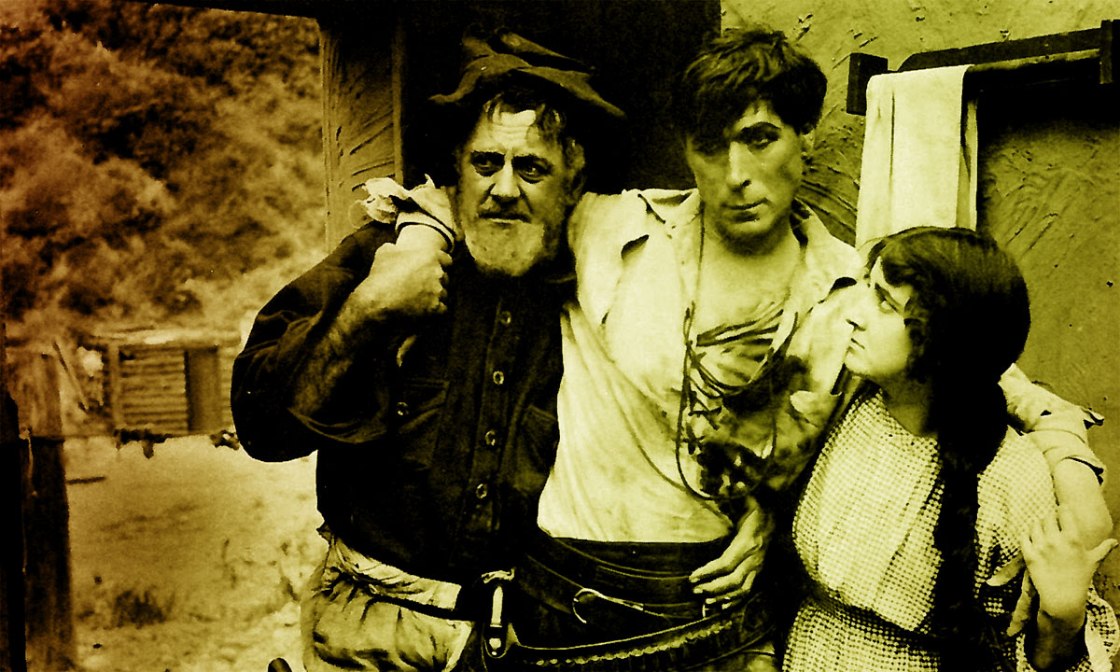
Yes. This movie is really enjoyable. I love that twist with the dopey sheriff spending the very money he was sent to recover, and Hart striking a bargain with him to get it back.
Glad you liked it. 🙂 Yes, it’s a smashing little yarn.